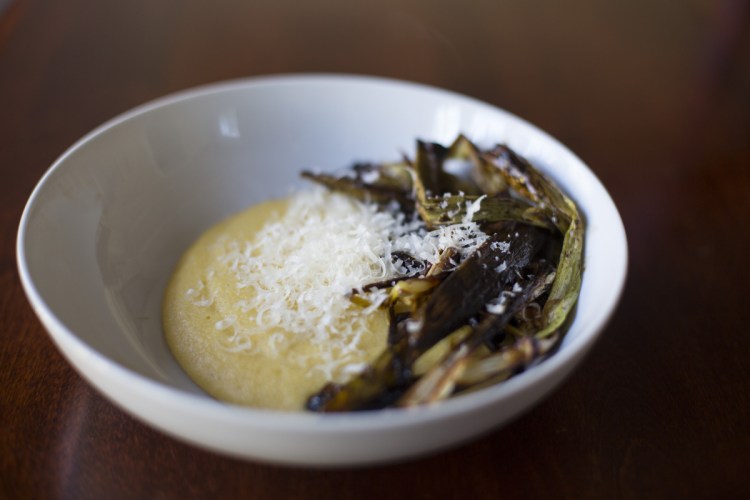Overshadowed by sexy wild ramps at this time of year, and widely confused with scallions at other times, the spring onion simply does not get the respect it deserves. I am writing this week to shed some light on this allium family injustice.
Most onions can be eaten at various points in their life cycle. You can enjoy them when they are small and thin, but still have a stronger bite than a run-of-the-mill scallion. Or you can let them mature in the field until they are a full-sized sweet or storage onions.
In many Asian and European countries, the term “spring onion” is synonymous with “green onion” or “scallion.” But in the United States, the term “spring onion” refers more narrowly to a fresh onion – typically a variety that grows in bunches for easy picking – that has started to form a bulb but is not yet fully mature. The greens growing above ground on an American spring onion are vibrant, crisp, and sold as part of the product. Here in the Northeast, it is common practice in the fall to sow varieties of bunching onions especially suited to overwintering in the soil. These are then ready to be harvested in May and June, a time when local vegetable farmers can’t count on bringing much else to market. And so we arrive at the local definition of a spring onion.
Spring onions can vary in size, shape and color, depending on both their variety and how long they are left to grow. They may be just slightly thicker than a scallion or nearly the size of a softball. The bulbs themselves, which can be stark white, very light yellow, or streaked purple, are mellower than a storage onion. And there is less waste when cooking with a spring onion as none of the layers of the onion have had a chance to dry out so there is no need to peel them away.
The green stalks are edible. Sometimes, they can be used raw like scallions. Keep in mind, though, they are usually bigger, tougher and more pungent. The pungency lessens and the texture softens with the application of heat so try spring onions sliced thinly on the bias and sautéed with fresh vegetables, added to stir fries, used to make stocks or roasted whole.
Spring onions should be stored unwashed in the refrigerator, loosely covered with a plastic bag. They have a high moister content, so it’s best to use them within a week of buying them. To help them stay fresh until you can use them, trim off the root, peel off the onion’s outer layer only if it’s damaged, and trim and discard any wilting or damaged greens with a pair of kitchen scissors. If you plan to use the bulbs and greens separately, cut off the greens and store them wrapped in a kitchen towel; both parts will store longer separately. When roasting, grilling or braising whole spring onions, split them lengthwise into halves if the onion is thicker than ¾ of an inch in diameter; slice it into quarters if the bulb is larger than a ping-pong ball.
Won’t you join me in my campaign to put spring onions in their rightful place on the plate?
CHRISTINE BURNS RUDALEVIGE is a food writer, recipe developer and tester, and cooking teacher in Brunswick, and the author of “Green Plate Special,” a cookbook from Islandport based on these columns. She can be contacted at cburns1227@gmail.com.
Send questions/comments to the editors.



Comments are no longer available on this story